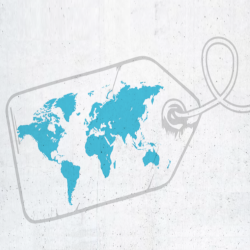Fair-ly Confusing
FAIR WORLD PROJECT
.@FairWorldPrj's new resource guide helps you avoid the scammers and support the worthy producers when it comes to fair trade certified. | .@FairWorldPrj's new resource guide helps you avoid the scammers and support the worthy producers when it comes to fair trade certified. | Read the Full Article
If you’re a frequent reader of our newsletter, you’re no stranger to the perplexing world of food labels.
The world of fair trade labels is just as bad, if not worse. Fortunately, our Fair World Project (FWP) has just published a new international guide to help you make sense of the growing confusion over what fair trade means, and which labels accurately reflect that definition.
According to FWP, the guide is rooted in the principles of fair trade and the approach to trade enshrined in the Fair Trade Charter. The standards are evaluated based on how well they meet the following objectives, grounded in the U.N. Sustainable Development Goals (SDGs):
• Focus on achieving inclusive economic growth
• Decent work & improved wages & incomes
• Empowering women
• Protecting the rights of children
• Nurturing biodiversity & the environment
• Influencing public policies
• Involving citizens in building a fair world
Not surprisingly, when it comes to playing by the rules, corporate-owned Big Brands get the lowest marks for living up to the claims they make.
Thankfully, FWP’s at-a-glance resource guide lets you avoid the scammers and support the worthy producers.
Read ‘What’s the Difference Between All These Fair Trade Labels?’

